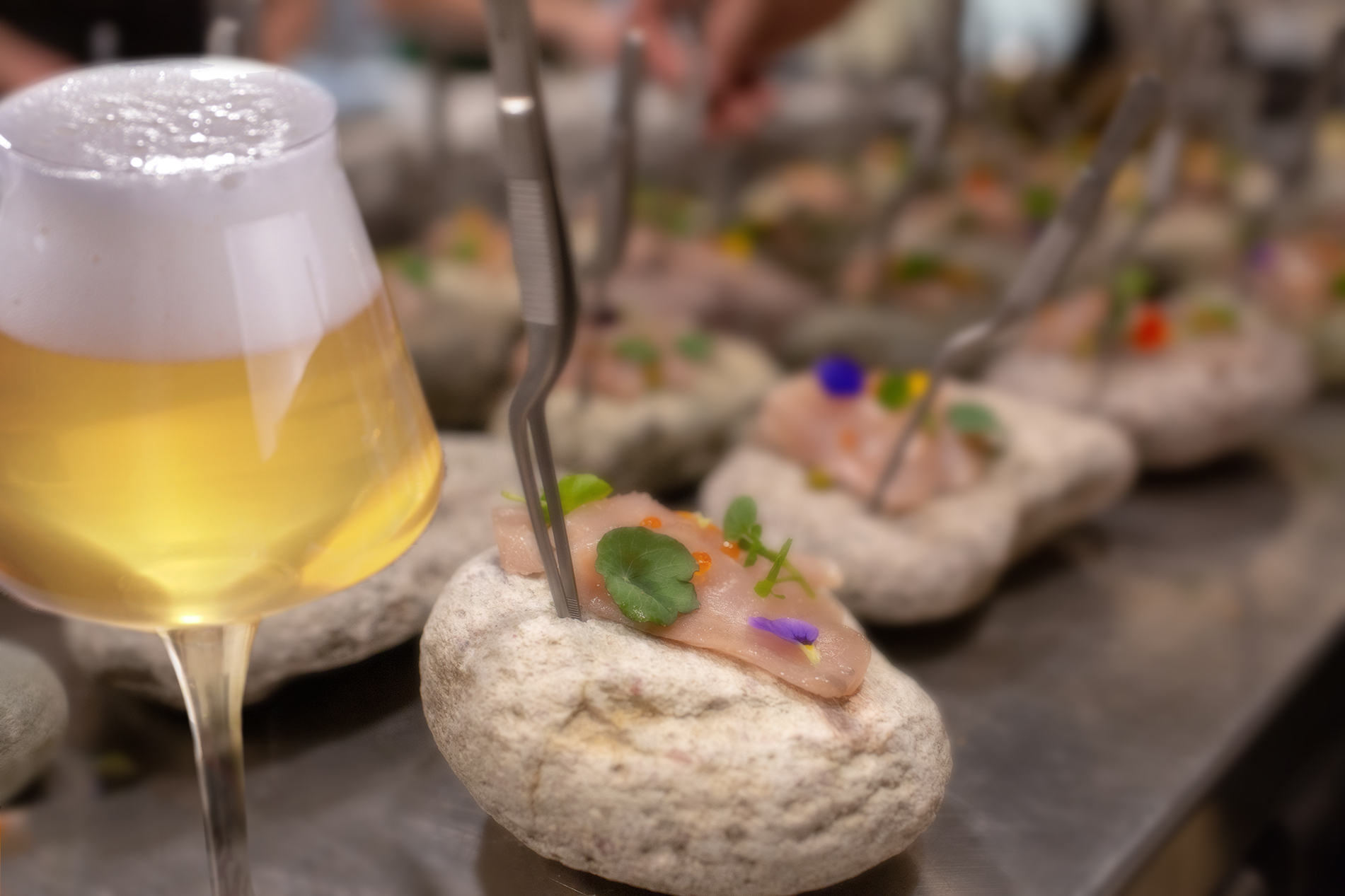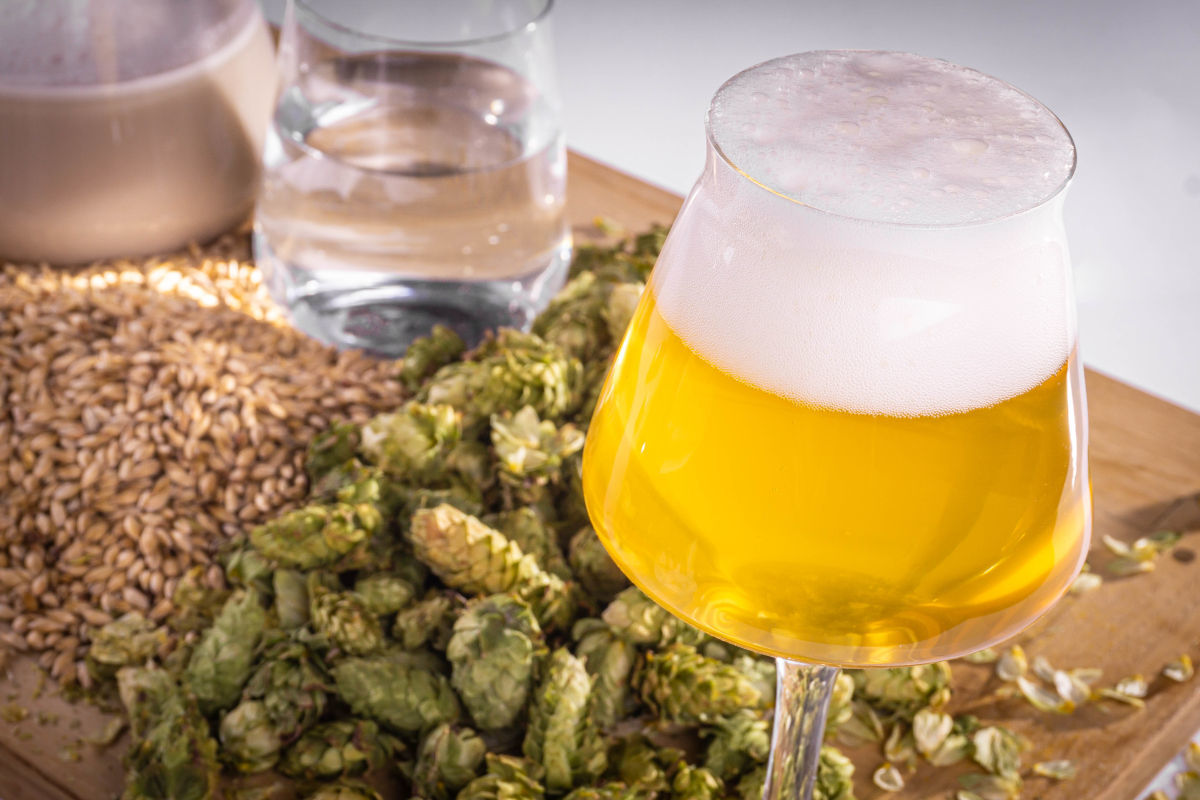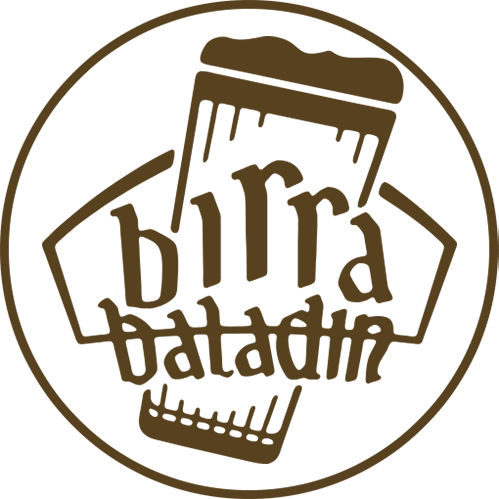The perfect food pairings for a Blonde Ale

Pairing food and drinks is an enjoyable and fascinating game aimed at creating a new experience that is more than the sum of two parts. Pairing is not just a matter of combining aromas and tastes, but it’s all about creating an ars combinatoria that leads into uncharted taste territories.
The true perfect pairing is a marriage: the two parts enhance and improve each other, and their union brings out positive traits of their personalities which would not have emerged if they hadn’t met.
Professionally choosing a pairing is an exercise that requires a good knowledge of all the tastes that come into play, but fortune favors the brave and successful pairings can also be the result of instinctive associations.
The theoretical rules are only a few. It is essential to ensure the same intensityI: a light, delicate beer can go well with subtle dishes, while intense, highly alcoholic beers with a full, structured body can perfectly support rich dishes, stews or opulent desserts.
Thanks to their variety, beers can play both on the similarities and contrasts with the aromas and tastes of a dish. The best pairings are usually those where you can find both common and contrasting aspects. In beers, the contrast is often offered by their fizziness, body and alcohol
content which, along with bitterness and acidity, balance out any fattiness, richness or succulence of a dish.
When in doubt, choose a Blonde!
When it comes to pairings, Randy Mosher, a great master of beer tastings, writes: when in doubt, go Belgian. Traditional top fermented Belgian beers are so multifaceted that they almost always offer the right “bridge” to food preparations, and enough carbonation and alcohol to
contrast rich recipes.
Belgian Blonde Ales - light colored beers with a medium alcohol content and a good complexity of aromas and tastes - are one of the smartest cards to play to obtain a good result even in difficult situations. Among their characteristics, we find a moderate malty component, which is reminiscent of bread crust and acacia honey; a good amount of esters and phenols produced by the fermentation process, which evoke lemon and orange zest, vanilla and a touch of pepper; a nice carbonation and a final bitter note that can be more or less intense.
The perfect food pairings
A great classic ingredient of Italian cuisine that is difficult to pair is pesto alla genovese. A Belgian Blonde Ale, especially if rather hoppy, is its ideal partner: the malty notes balance the sulphureous taste of garlic, the citrusy and peppery notes of hops and yeasts blend with the aromas of basil and olive oil from Liguria, while the distinctive carbonation contrasts the richness of pesto.
Asparagus and fennel are also tough ingredients. They are nicely embraced by Belgian Blonde Ales thanks to the aromatic and spicy background given by their yeasts. Asparagus risotto, the classic spring combination of asparagus, eggs and Parmesan, and fennel gratin will immediately
fall in love with a Blonde Ale.
Thanks to their bold, yet not invasive character, these beers also go well with grilled fish, especially if served with a sauce with fresh coriander, lemon, ginger or thyme.
Moving beyond Italy to Belgium, the delicious moules à la bière (muscles cooked in beer), cooked and drank with Blonde Ales or Wit beers, create a perfect pairing. In the Pyrenees, we find the cassoulet from Toulouse. In this case, it’s important to choose a Blonde Ale with a good
body and alcohol content and a distinctive malty component that can resonate with the caramelized meat.
Outside Europe, Asian spring rolls are great companions for our Blonde Ales: the aromatic vegetables perfectly combine with the citrusy and spicy notes of the beer. South America fish ceviche, served with fresh coriander and lime, goes perfectly well with the spicy touch of the yeasts. The pairing also creates a nice contrast between the malty sweetness of the beer and the acidity of the marinade.




